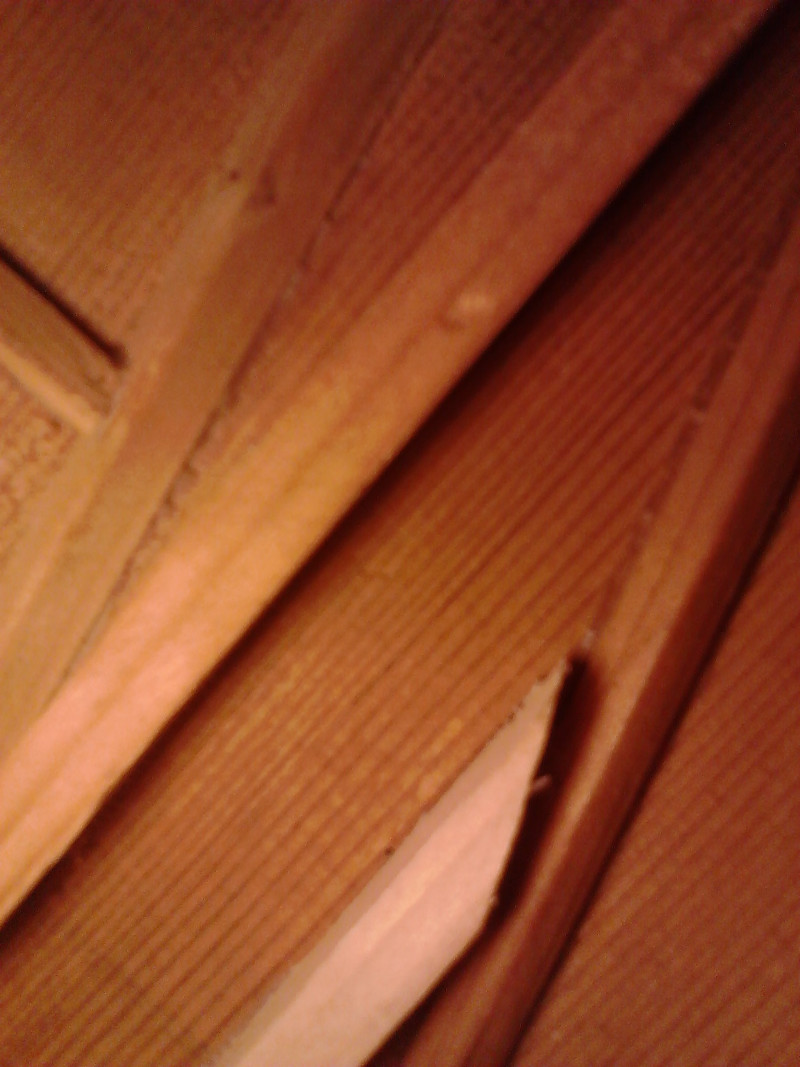The winners of the Fourth Annual Andalusian Contest of Young Flamenco Artists joined together for a concert last night here in Granada. The competition has three separate areas: dance, singing and guitar. I don’t know the age limit for this competition but the winners aged from 19 to 24. The winning singer was Antonio García Bermúdez and what a voice he has! He lives in the neighbourhood of Almeria where Tomatito and Niño Josele grew up so this is one more medal they can proudly sport. I particularily enjoyed the dancer’s show, he had a guitarist, percussionist, two palmeras and a singer. Most young performers are probably nervous but in this case you would never know it. There is something about flamenco dancers that makes you think they are king of the world when they step on stage. The aura of self-confidence or even arrogance that is so much a part of the dance, spectacular! Make a note of his name; Rafael Ramírez Vílchez from Estepona. The guitarist is from Granada and I know his father as he runs a bar where the guitar-makers go sometimes but I had never heard the son play. Nineteen years old and Álvaro Pérez can play circles around the guitarists I know. It is also worth noting that he plays a guitar made in Granada (way to go!) by Rafael Moreno and it sounded great. If he can find the time we hope he will be playing for a promotional video for the book about the Granada guitar-makers.
The guitarist didn’t play his pieces in this order but here is the written programme of last night’s concert:
- Farruca Rafael Ramírez Vílchez baile
- Fantasía y Granaíana Álvaro Pérez guitarra
- Tarantos Antonio García Bermúdez cante
intermission
- Tientos-Tangos Antonio Garcia Bermúdez cante
- Rondeña y Guajira Álvaro Pérez guitarra
- Cantiñas Rafael Ramírez Vílchez baile










